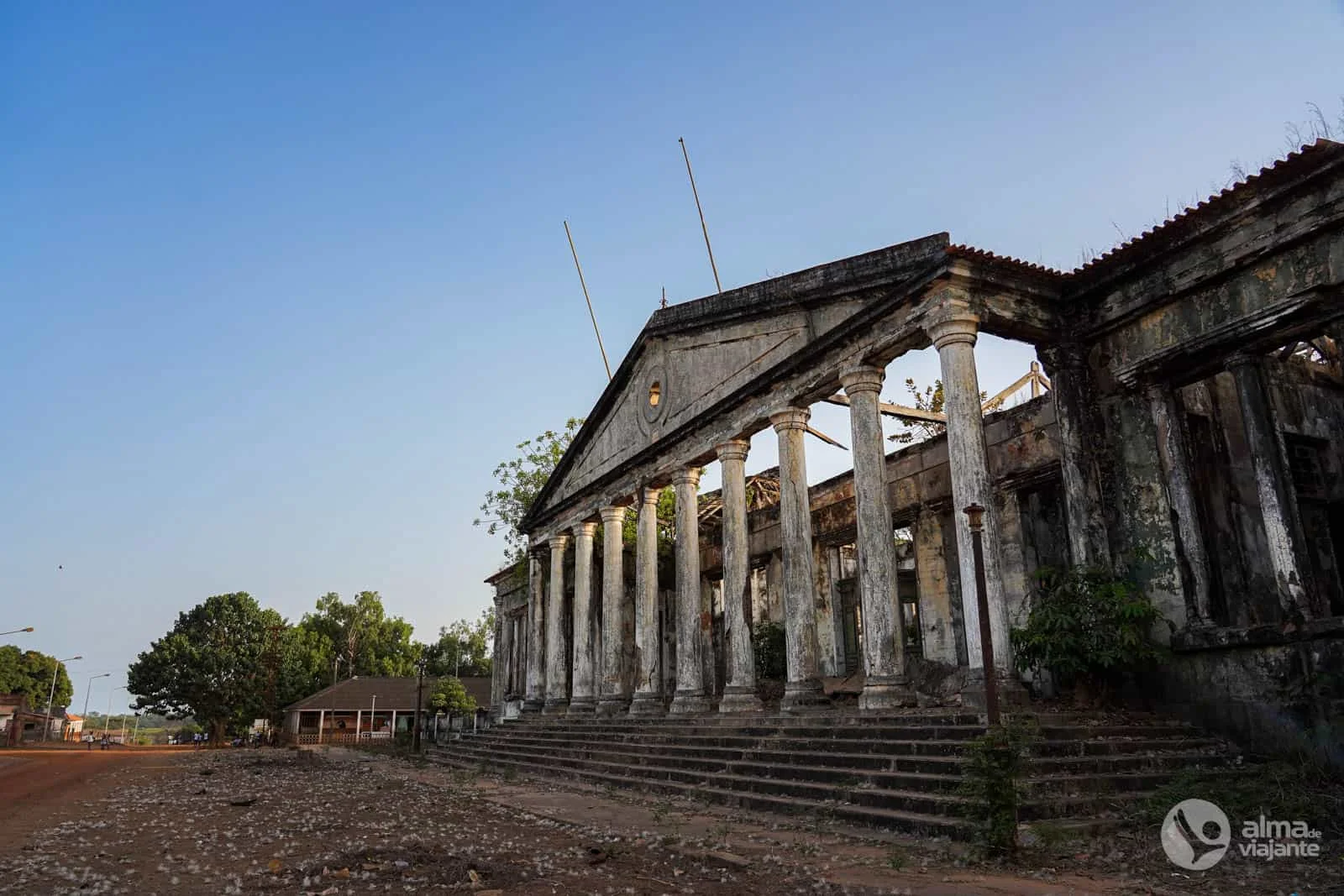The European Union has inaugurated Guinea’s largest solar power station on Bolama Island, advancing renewable energy under the “Ianda Guiné” initiative.
Partnering with TESE, a Portuguese NGO, the project represents a major renewable energy leap in the region.
Alfredo Pais of TESE oversees the Bolama plant, which consists of 1,091 solar panels over 6,500 square meters, producing 600 kW of energy.
This output, enhanced by lithium batteries, promises to continuously power Bolama’s 5,000 residents.
Currently, the project is in a testing phase, having laid 12 kilometers of electrical cables across Bolama’s city.
This development has brought lighting to several historic areas. Bolama, previously the capital of Portuguese Guinea, has long suffered from poor electricity supply.
The EU, investing three million euros, awaits the Guinean government’s approval to start supplying power to the community.
The initiative also improves water supply in northern Guinea-Bissau, affecting areas like Mansoa, Encheia, and Sansanbato.
“Ianda Guiné” focuses on solving community challenges and fostering economic growth.
Pais confirms that the Bolama plant is ready for operation, and it will initially serve about 550 customers. The pricing strategy will take local incomes into account.
Despite previous failures in similar projects in Guinea-Bissau, this initiative applies learned lessons.
Locals eagerly await life improvements, hoping for better trade, education, and safety.
However, concerns about electricity affordability remain, especially among residents like student Dala Baldé and entrepreneur Nguabi Júnior.
This project signifies a shift towards renewable energy, emphasizing both the challenges and opportunities of such transitions in developing areas.

EU Activates Largest Solar Plant in Guinea’s Abandoned Former Capital
Bolama Island’s shift from a 19th-century colonial capital to an underdeveloped area highlights Guinea-Bissau’s political and economic instability.
Discovered in the 15th century, Bolama became important during the Scramble for Africa.
Portugal secured it in 1870, but its decline began with Bissau becoming the capital in 1941, exacerbating post-independence challenges.
The EU-funded solar plant now brings a glimmer of hope to Bolama’s revival.

